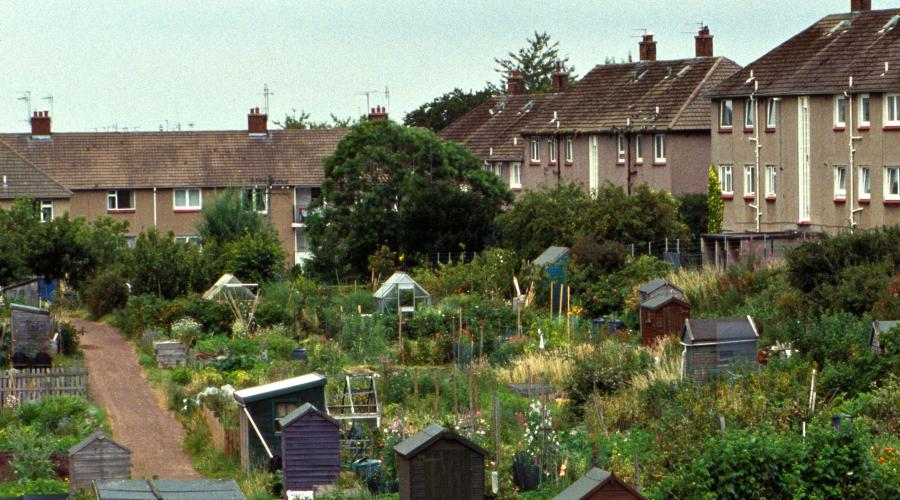
Houses and gardens
Information about access close to houses and gardens.
Responsible behaviour by the public
The Access Code says:
Access rights do not extend to houses and gardens. In some cases, the extent of a garden might be difficult to judge. Things to look out for in judging whether an area of land close to a house is a garden or not include:
- A clear boundary, such as a wall, fence, hedge or constructed bank, or a natural boundary like a river, stream or loch
- A lawn or other area of short mown grass
- Flowerbeds and tended shrubs, paving and water features
- Sheds, glasshouses and summer houses
- Vegetable and fruit gardens (often walled but sometimes well away from houses).
Some larger houses are surrounded by quite large areas of land referred to as the "policies" of the house. Parts of the policies may be intensively managed for the domestic enjoyment of the house and these will include some of the features listed above. Access rights do not extend to these intensively managed areas. The wider, less intensively managed parts of the policies, such as grassland and woodlands, whether enclosed or not, would not be classed as a garden and so access rights can be exercised.
Use a path or track, if there is one, when you are close to a house and keep a sensible distance away if there is no path or track. Take care not to act in ways that might annoy or alarm people living there. At night take extra care by following paths and tracks and if there are no paths or tracks keep well away from buildings.
Responsible behaviour by land managers
The Access Code says:
You may want to signpost alternative routes through your policies.
